Darien and the 54th Massachusetts Regiment
How History Was Changed
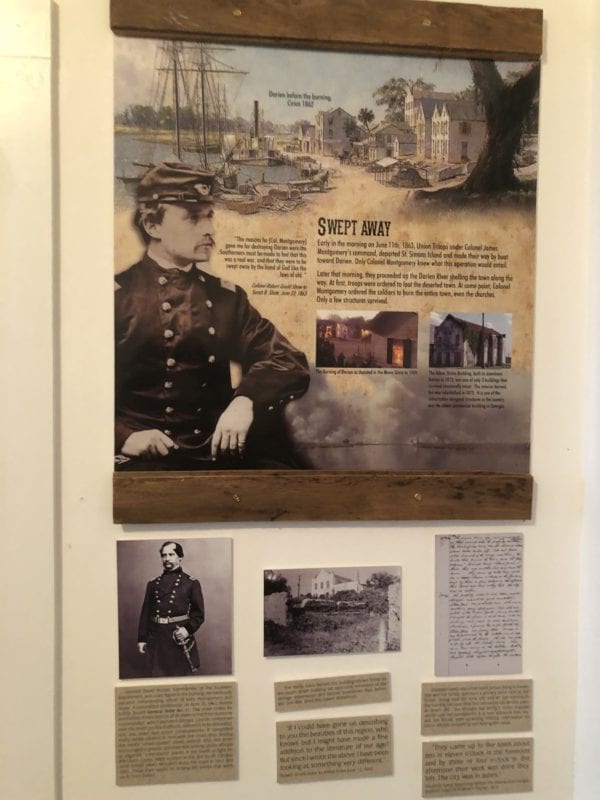
Darien and the 54th Massachusetts Regiment are locked together in history. From the beginning, Darien, established on January 10, 1736, was favored as a settlement because of its position to secure British interest in the area and later as a commercially successful port, shipping rice and timber from its shores. Darien was settled by Scottish Highlanders recruited by James Oglethorpe to protect the British interest from the Spanish who were positioned very closely in Florida and the French who were stationed in Alabama.
One of the early settlers arriving on the Prince of Wales, was Lachlan McIntosh, the revolutionary leader and namesake of the county where Darien is located. Built in 1721 the fort was the Southern-most outpost of the British Empire and remained so until 1727 when it was attacked by the Spanish and later abandoned.
Major Pierce Butler would bring agriculture to the area along with enslaved labor. Although in 1739 eighteen of the prominent members of Darien colony signed the first petition against the introduction of slavery into Georgia. However, 10 years later in 1749 slavery was adopted in Georgia. For the Butler plantation, rich in the growing and harvesting of rice, this allowed him to have enslaved people labor in the rice fields to make it a highly prized and commercially successful crop in the area.
The presence of Butler Island and the Butler plantation had a great influence on Darien. Their history is also intertwined. After rice was not as productive, timber became a commercially sought-after endeavor.
Darien and the 54th Massachusetts regiment made their mark in July of 1863 as the city was established as a Confederate state and the Civil War was moving forward. The Union soldiers lead by Montgomery and Shaw descended upon the city burning it to the ground. With only three structures remaining, the city was devastated; luckily no one was killed. The 500 residents had fled the area, although there were some residents still in place.
Shaw would later write to his mother the disappointment he felt attacking a city where no Confederate soldiers were located and the senseless looting, and burning that took place.
The story of Darien and the 54th Massachusetts regiment has a sad ending. Just 25 days later, the 54th Regiment would march into history as they led the raid on Fort Wagner. More than 200 soldiers loss their lives helping to hold back the Confederate soldiers. Although the Fort was not taken, the soldiers of the 54th on that day helped change the tide of the war and the path of history.
For more information on the burning of Darien and the history of the city visit the website – www.exploregeorgia.com and Darien history
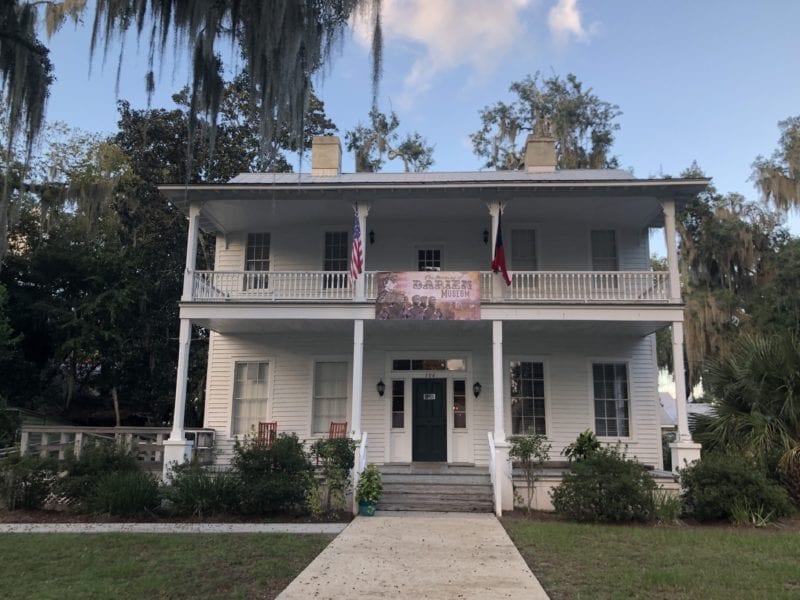
The Burning of Darien Museum in Darien, GA on 1st Street
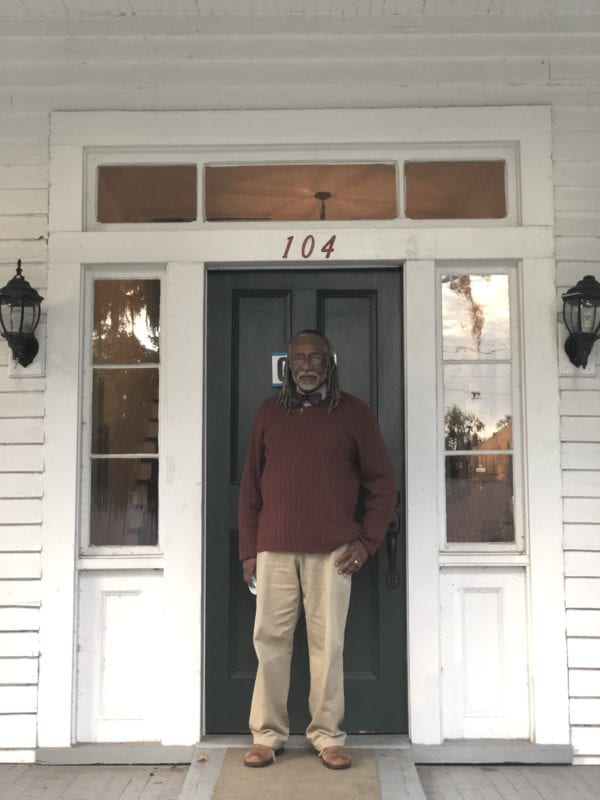
Dr. William Collins, manager of the Buring of Darien Museum
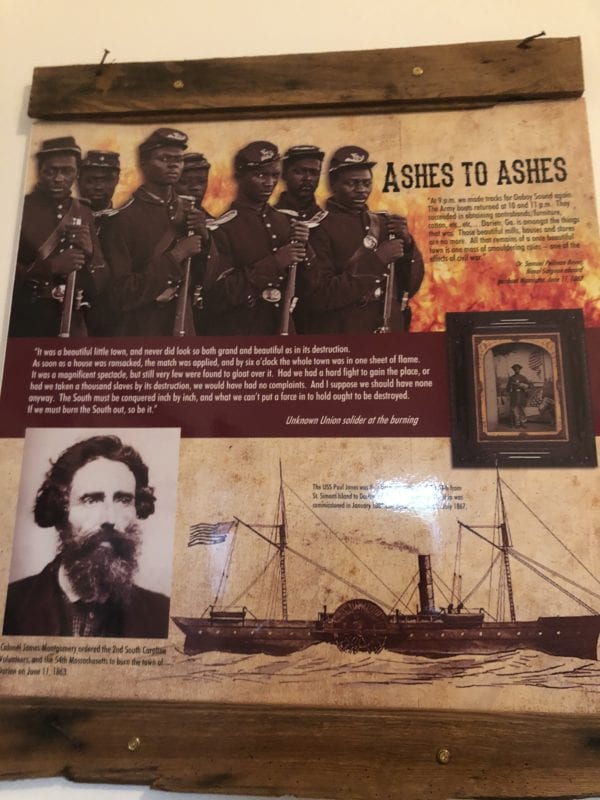
An exhibit in the museum of the 54th Massachusetts Regiment and the burning of Darien
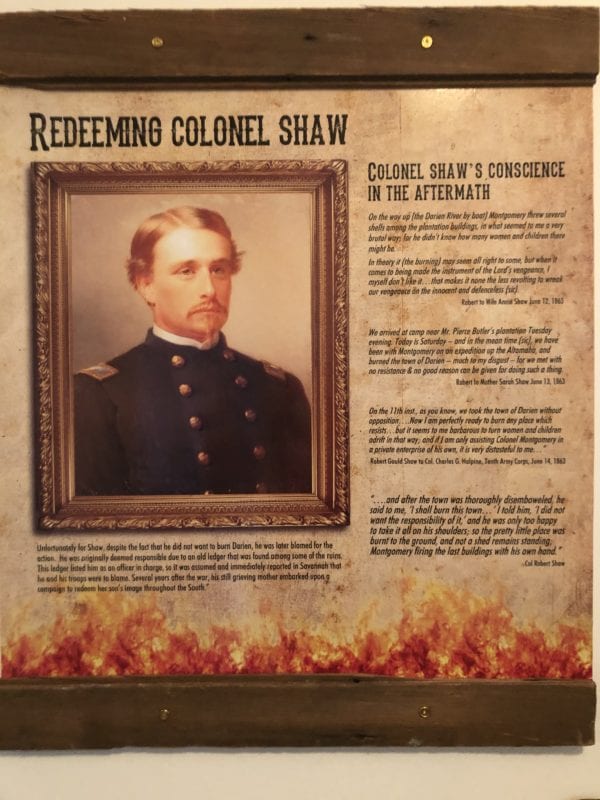
Colonel Robert Gould Shaw, the leader of the 54th Regiment.
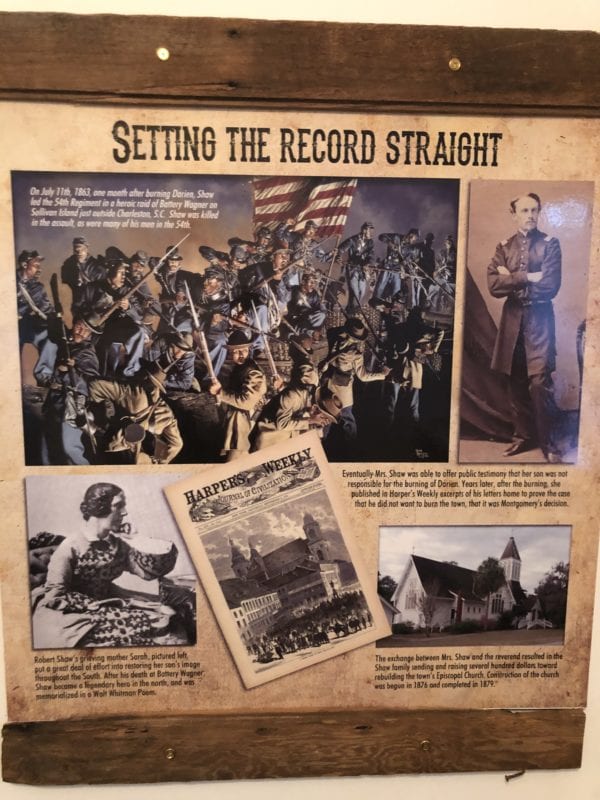
The exhibit in the museum shows the letters where Shaw wrote to his mother about his disappointment with his part in the burning.
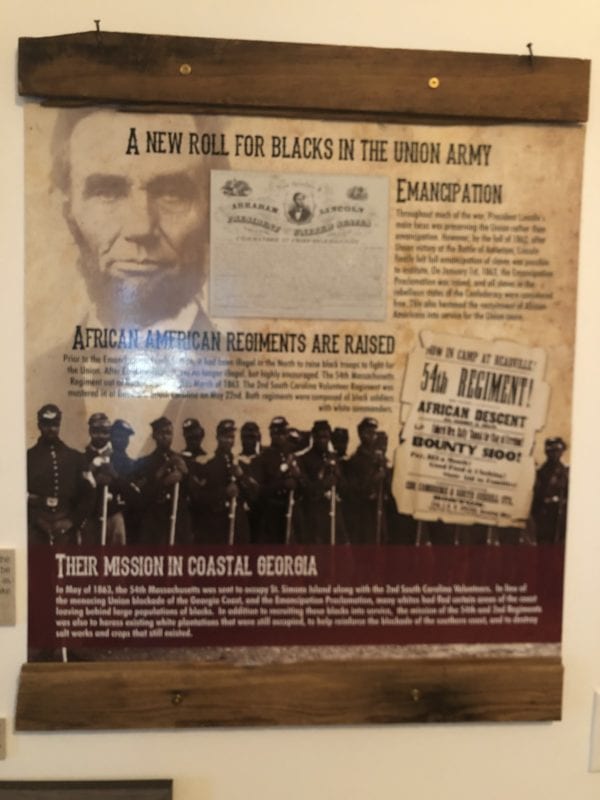
Freed and enslaved Blacks were ready to sign up for the war.
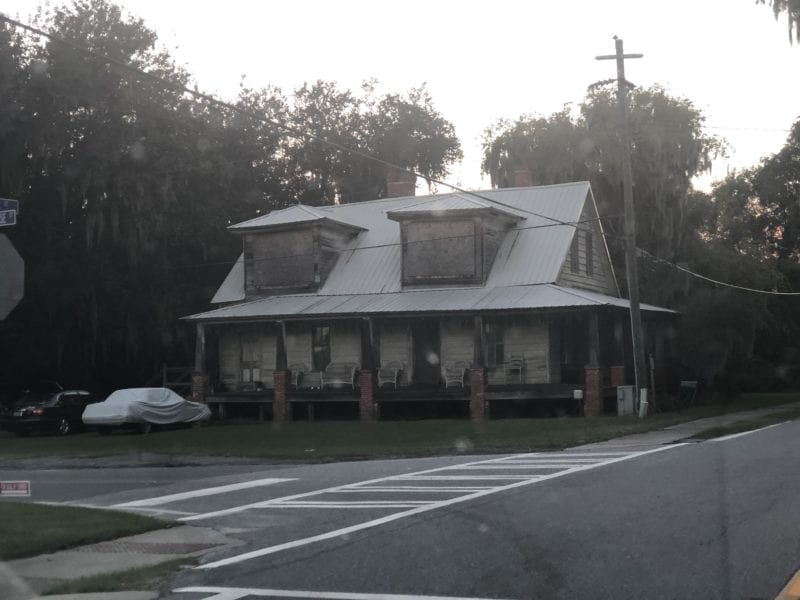
One of the structures not destroyed during the burning. The Grant house still stands today.
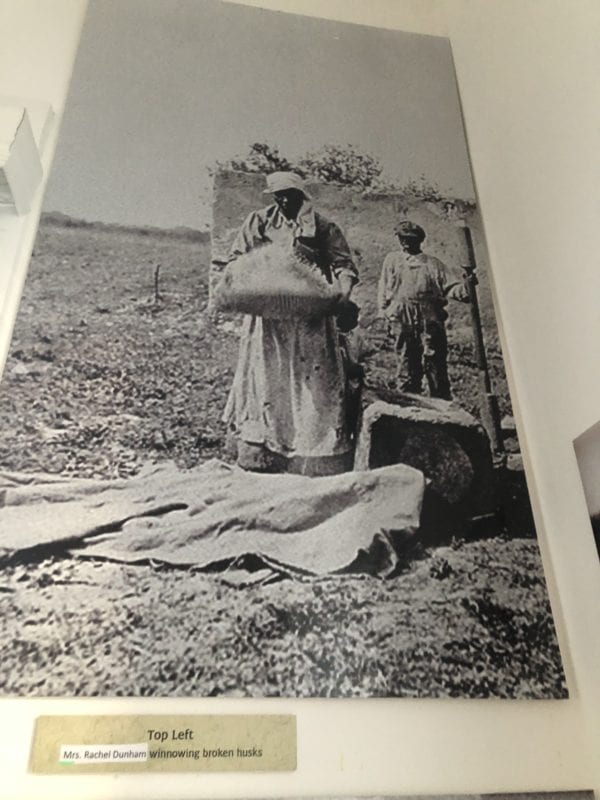
Rice was grown on the Butler Plantation. Enslaved Blacks were brought over from West Africa to work in the rice fields. The Africans were skilled in growing rice in the West Coast region of Africa. Rice was a commercially rice crop on the Butler Plantation located on the opposite side of the Altamaha River. Enslaved workers planted, tended, harvested and processed the rice crops.
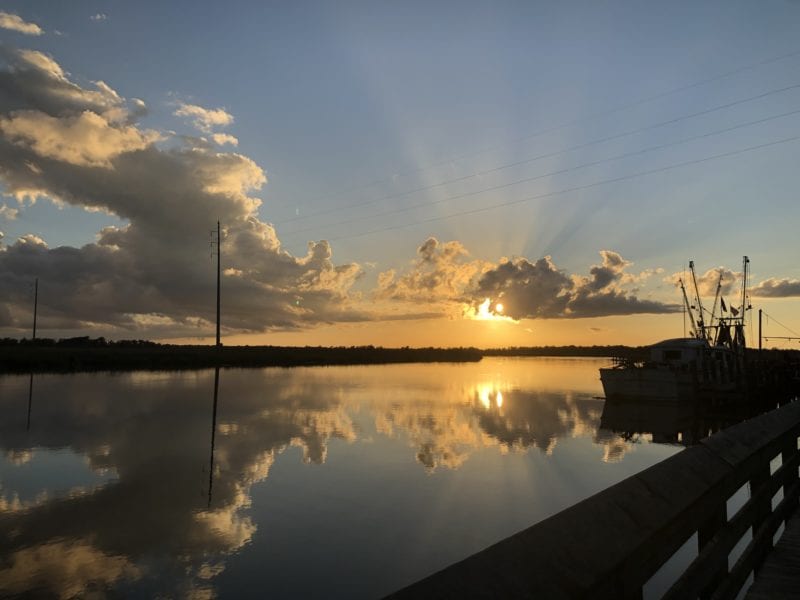
Sunset on Butler Island. Looking over from the waterfront of Darien near where the 54th regiment and other soldiers would have entered the city.
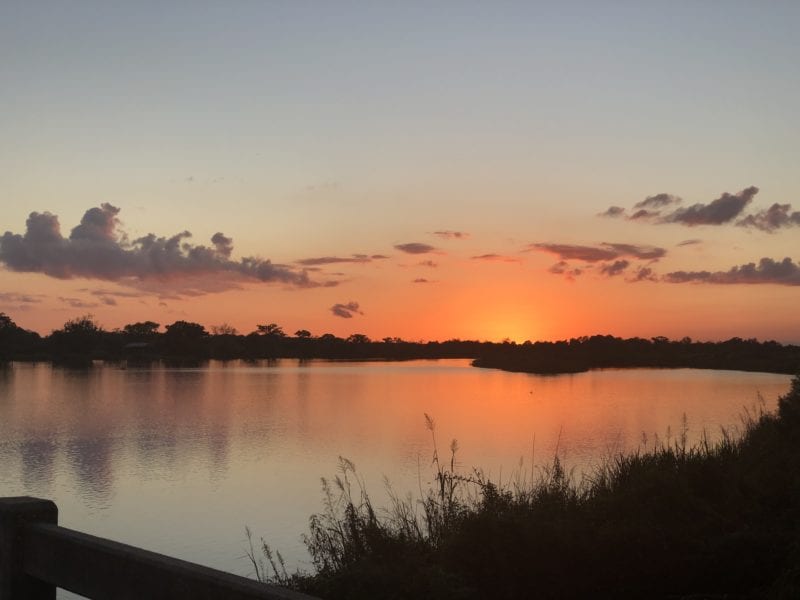 Sunset on Butler island. Lookout from the bridge that now connects the island and Darien. Before the bridge was constructed, transportation was via ferry or rail.
Sunset on Butler island. Lookout from the bridge that now connects the island and Darien. Before the bridge was constructed, transportation was via ferry or rail.
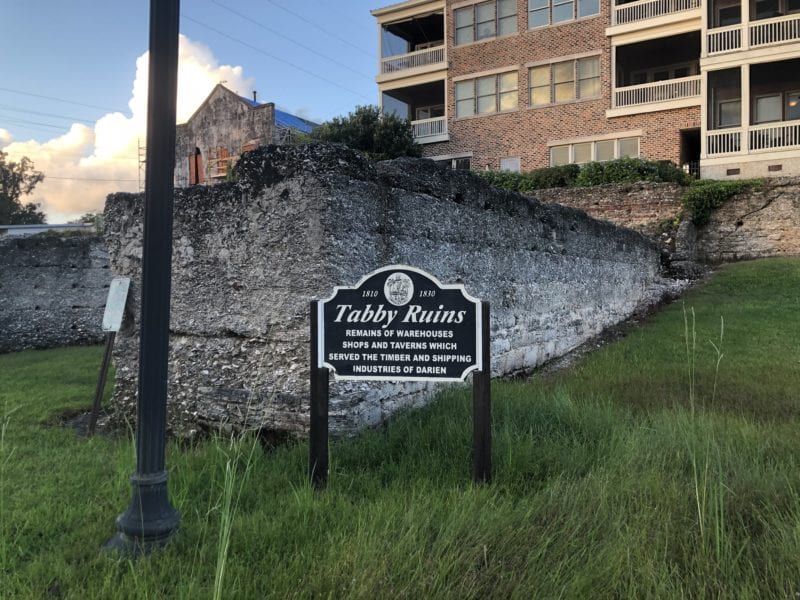
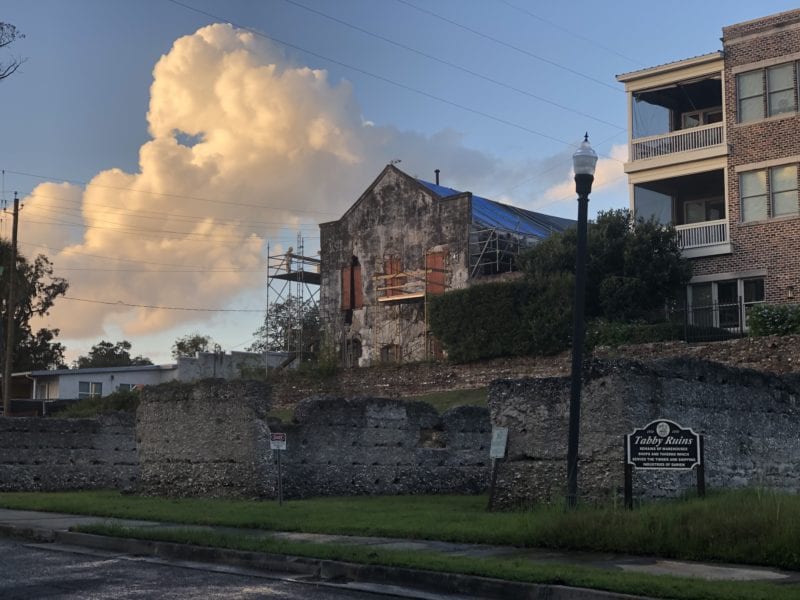




0 Comments